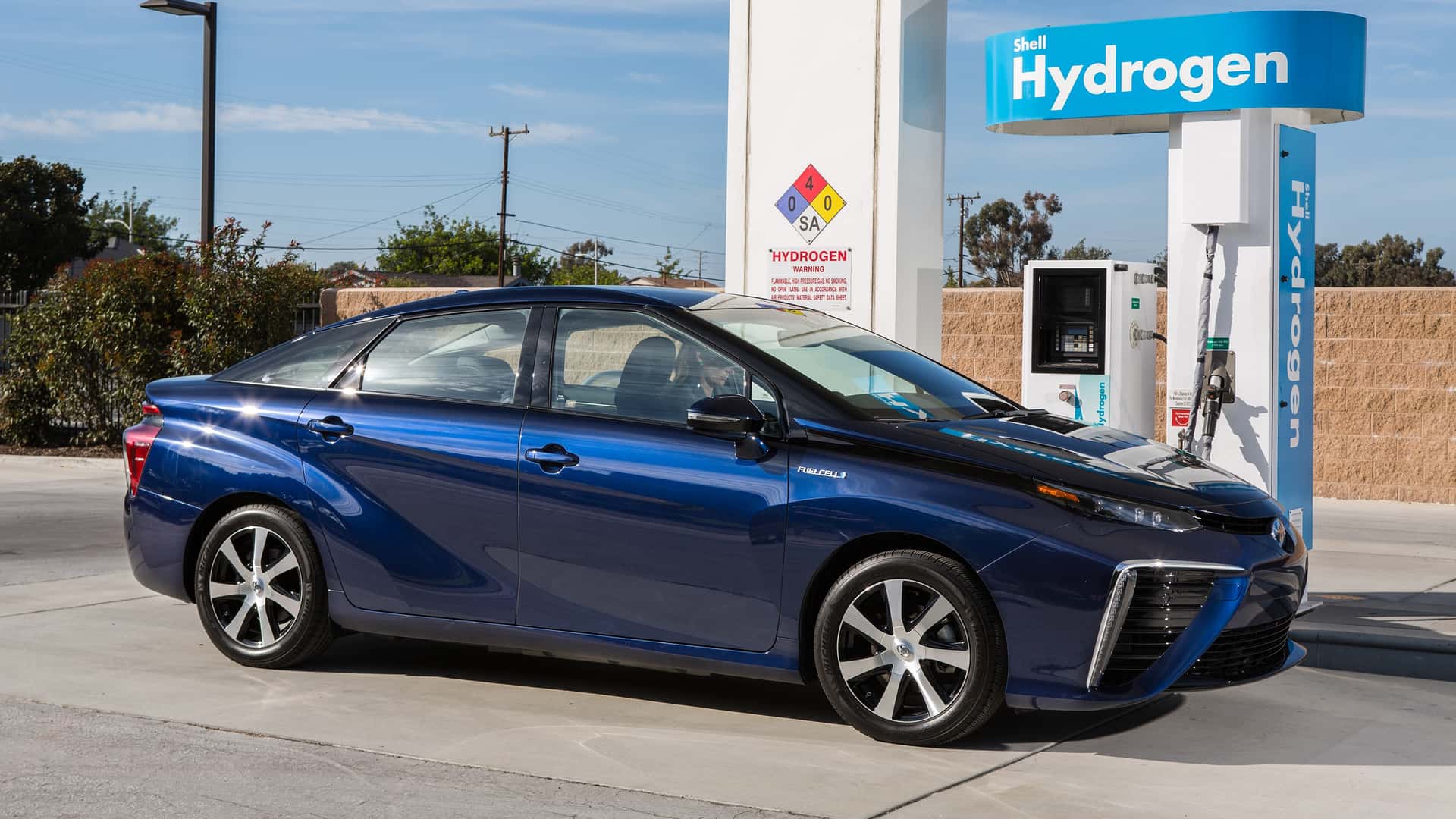Shell Is Immediately Closing All Of Its California Hydrogen Stations | The oil giant is one of the big players in hydrogen globally, but even it can’t make its operations work here.::The oil giant is one of the big players in hydrogen globally, but even it can’t make its operations work here. All seven of its California stations will close immediately.



Hydrogen will be a big chunk of the future but probably not in cars, or generally car-sized vehicles, unless we’re talking stuff like catastrophe relief (and with that ambulances, fire trucks etc) because it’s a good idea to be able to fuel those things even if the grid is down.
We’ll need hydrogen infrastructure and production anyways for steel smelting as well as the chemical industry, those are things that just don’t run on electricity, no way. With that in place hydrogen is going to be available pretty much all over, similar to how you get natural gas anywhere nowadays. And then you have an unelectrified railway somewhere, electrifying it would cost a fortune and not amortise, but a fuel cell locomotive? Sounds easy and reasonable. Flow batteries are also an option in that kind of operation but you really need a lot of space to get power output from those so they wouldn’t work for an ambulance.
So if you’re a car manufacturer with your head screwed on right you’re probably not developing and selling hydrogen cars now because they believe they’re the future, you’re doing that to have affluent liberals pay for your ticket to play in the future market of hydrogen utility vehicles.
Also of note: European car manufacturers at least seem to be completely fine with there being fewer cars on the streets. First, they can also make money off building public transport infrastructure and running car shares, secondly, cheap everyday cars aren’t that profitable, if the cars they then do get to sell are fancy with high profit margin that’s completely fine with them. Their suppliers care even less, a seat manufacturer doesn’t care whether the seat ends up in a car or a train.
That’s a lot easier in countries whose cities are closer together and were devolved centuries before the car was invented.
You should look at pictures of Amsterdam in the 70s, 80s, completely car-dependent. Europe made the same mistakes as the US regarding the car, difference is we noticed the mistake and what you see now is the product of decades of rolling back those decisions, first hesitantly, now quicker.
Also cities being further apart is actually an argument for more trains.
Yeah, I would love to have fewer cars on the streets too.
Unfortunately it looks like most Americans are going to be priced out of private car ownership long before we have any sort of suitable alternatives.
That’s not something I’m looking forward to. When enough people can’t afford to get to work but have no other way to get there.
Can’t be investing in new mass transit or walkable cities when the highways are in a state of disrepair. Nobody even takes mass transit anyway.
I would. Believe me I hate the 1.5 hour drive into the office and 2.5 hour drive back. Except they changed the train schedule on me so there are no routes that work with my schedule, and once I add in the slowdowns and congestion on the subway, it’s almost faster (and certainly more convenient) to drive. And then everyone else has the same idea and then the highways are even more congested. And then there’s less funding for mass transit because nobody wants to use it.
So glad I get to work from home 99% of the time. I’m not going back to that drudgery.
I am also interested in the flow batteries.
I’m curious how you see hydrogen being used in smelting. Hydrogen fuel cells do just produce electricity. Are you talking about something else, like combusting the hydrogen?
Iron ore + hydrogen = Iron + water. It’s used to tear oxygen off the ore, currently that’s done with carbon, generally of fossil origin. thyssenkrupp is already doing it at scale. Not all the hydrogen they use right now is green but unlike the old furnaces the new ones are ready to be carbon-neutral, they just have to switch over fuel sources no need to mess with the furnaces themselves.
It is possible to do the reduction directly with electricity but that’s less energy-efficient than going via hydrogen. For the chemical industry the situation is even more extreme they need hydrogen as an ingredient for the final product, not just as a reactant.